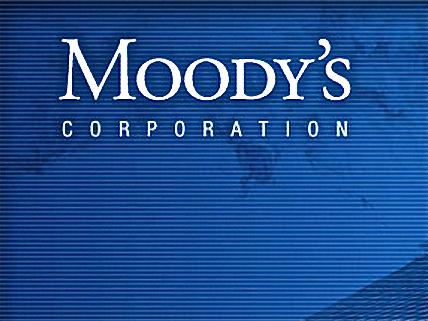Moody’s Investors Service slashed the credit ratings of several small- to mid-sized U.S. banks and warned that it may do so to others.
The credit ratings agency announced on Aug. 7 that it may also downgrade some of the biggest lenders in the nation.
The latest report comes as the Federal Reserve maintains its aggressive interest-rate policy to curb inflation, leading to a tightening of monetary conditions along with a slowdown in demand and borrowing.
Moody’s Downgrades Follow US Rating’s Cut
Moody’s cut by one notch the ratings of 10 banks, which include M&T Bank, Pinnacle Financial Partners, Prosperity Bank, and BOK Financial Corp.The ratings agency further put six major banks, including Bank of New York Mellon, U.S. Bancorp, State Street, and Trust Financial, on notice for potential downgrades.
The agency also changed its outlook to negative for 11 major lenders, including Capital One, Citizens Financial, and Fifth Third Bancorp.
This comes after a warning from the agency that the sector’s credit strength may face additional stress from funding risks and weaker profitability this year.
Fitch Ratings, a rival credit agency, had earlier in July downgraded the credit rating of the United States from AAA to AA+ because of future concerns regarding the economy and the drawn-out negotiations about the debt ceiling.
“Many banks’ second-quarter results showed growing profitability pressures that will reduce their ability to generate internal capital,” Moody’s wrote in a note.
“This comes as a mild U.S. recession is on the horizon for early 2024 and asset quality looks set to decline, with particular risks in some banks’ commercial real estate (CRE) portfolios.”
Bank Crisis Is Having a Longer-Term Effect on Industry
The collapse of several U.S. regional lenders earlier this year caused a crisis of confidence in the banking sector and sparked a massive run on deposits.The financial panic spread despite efforts by federal regulators to push emergency measures to boost consumer confidence in the smaller banks.
Moody’s warned that banks with sizable unrealized losses, which weren’t reflected in their regulatory capital ratios, were vulnerable to a loss of confidence in the current high-rate environment.
Fed survey data released last week show that domestic banks were reporting tighter credit standards and weaker loan demand from both businesses and consumers in the last quarter.
Morgan Stanley analysts said loan demand would likely continue to weaken, with the rate of change slowing further.





